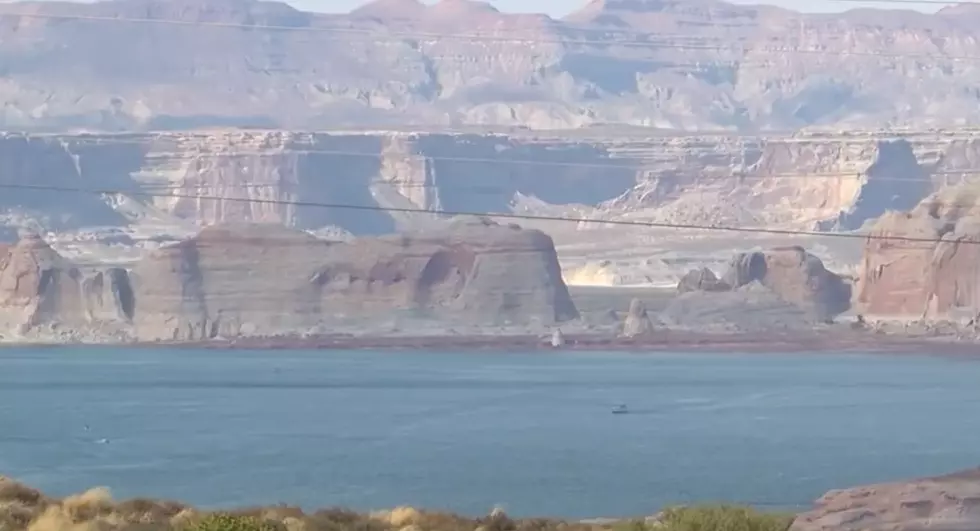
Lake Powell’s water levels declining, officials worry about generators and drought
ST. GEORGE, Utah (ABC4/ KDXU) – 3,490 feet is the minimum elevation at which the generators in Lake Powell can run, according to Gene Shawcroft, the general manager for the Central Water Conservancy District and Utah’s Colorado River Commissioner.
He says 3,525 feet was the buffer level, water leaders decided on, to move forward with a plan after witnessing record drought conditions.
“As we get to that 3525 it creates some red flags, in how we are operating to make sure that we can protect the ability to generate power at the power plant,” says Shawcroft.
The Bureau of Reclamation announced last Friday, Lake Powell is declining below that number.
“As the spring runoff occurs this year, it will bring those elevations back up above that 3525, how far it comes up really depends on mother nature,” says Shawcroft.
He says today, the average snowpack in the Colorado River Basin is at 92% and he’s hopeful as more snow is expected in Utah this week.
“The challenge we have in the Upper Basin, is we only get what comes from the runover, from mother nature, whatever she supplies is all we can tap into, we don’t have a large reservoir storage above us,” he says.
He says there’s enough water for this summer, but it’s still a concern as there will be less in the Lower Basin this year.
“And as the reservoirs continue to go down, then the amount of water they can use goes down as well,” says Shawcroft.
Surrounding water leaders are now working on solutions to implement later this year, to maintain that elevation boundary so generators can run. Shawcroft says that includes releasing water from Flaming Gorge and Blue Mesa in Arizona, as well as a number of bills and funding this legislative session to go toward conservation.
Those expecting to visit Lake Powell during spring break are encouraged to check with local park services to find which boat ramps are open.
More From KDXU 890 & 92.5









